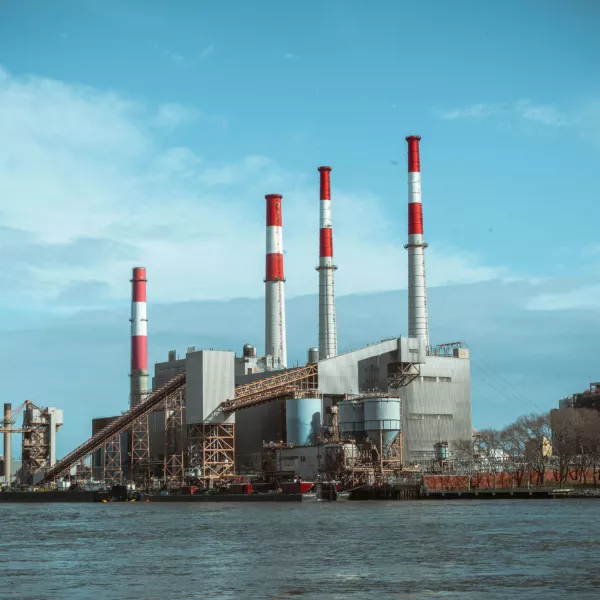Complying with stricter non-ionic surfactant limits at an aluminium processor
In the aluminium processing industry, wastewater must comply with strict standards before it is discharged. For companies to maintain their environmental permits, the effective treatment of this water flow is crucial. By combining sand filtration and a DESOTEC mobile activated carbon filter, the Belgian branch of a major multinational got to grips with the issue.




